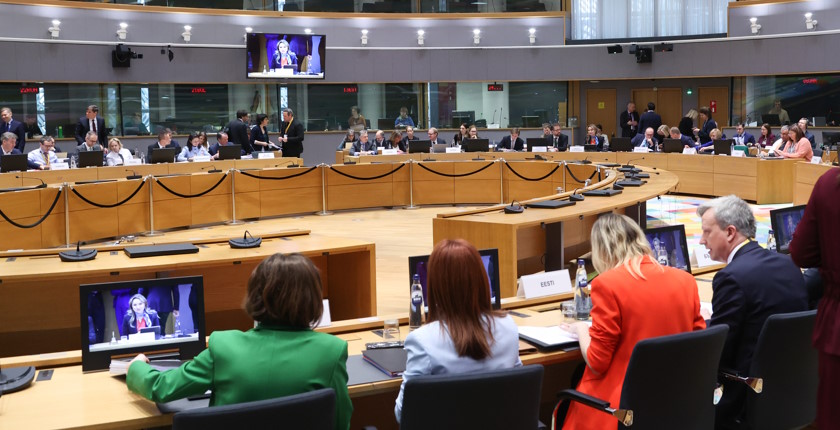
Photo: European Union
The Council of the European Union reached a provisional deal with the European Parliament to raise the share of renewable energy in overall energy consumption to 42.5% by 2030. There is an additional 2.5-point indicative top-up that would allow reaching 45%. The decision is part of the process to revise the Renewable Energy Directive and adopt RED3.
Top EU institutions announced they have a provisional political agreement on setting more ambitious sector-specific targets in transport, industry, buildings and district heating and cooling, and accelerating the renewables permitting process. The deal requires formal adoption by both the Council of the EU and the European Parliament to come into force.
The binding target share of renewables in energy consumption by 2030 is set to be lifted to 42.5%, but with an aim to achieve 45%. The 2018 Renewable Energy Directive, RED, prescribes a 32% share.
EU to impose stricter rules for biomass use
Subtargets have been set to speed up the integration of renewables in slower sectors, officials said. The one for advanced biofuels and renewable fuels of non-biological origin (RFNBOs) is 5.5%, where the latter category is determined at a minimum of 1%.
The two sides agreed on a 14.5% greenhouse gas emission reduction target for the transportation sector. According to the deal, member states would be able to alternatively choose a binding target of at least 29% share of renewables within the final consumption of energy in the segment.
The share of renewables in buildings will need to climb to 49% by the end of the decade
The industry would be obligated to increase its use of renewable energy annually by 1.6%. The decision makers said 42% of hydrogen used in the industry should come from renewable fuels of non-biological origin by 2030 and 60% by 2035, with some exceptions.
The provisional agreement sets an indicative target of at least a 49% renewable energy share in buildings in 2030. It provides for a gradual increase in renewable targets for heating and cooling, with a binding increase of 0.8% per year at the national level until 2026 and 1.1% from 2026 to 2030.
The deal strengthens the sustainability criteria for biomass use for energy to reduce the risk of unsustainable production, the lawmarkers said. The proposal to revise RED tackles the energy aspects of the EU’s climate transition under the Fit-for-55 package. Its objective is to achieve a reduction of a minimum 55% in greenhouse gas emissions by 2030.
Special rules for renewables go-to areas
The maximum period for national authorities to approve new renewable energy installations will be 12 months, if located in so-called renewables go-to areas, the European Parliament pointed out. Outside such areas, the process should not exceed 24 months.
Member states would need to set an indicative target for innovative renewable energy technology of at least 5% of newly installed renewable energy capacity, as well as a binding framework for cross-border energy projects.









Be the first one to comment on this article.